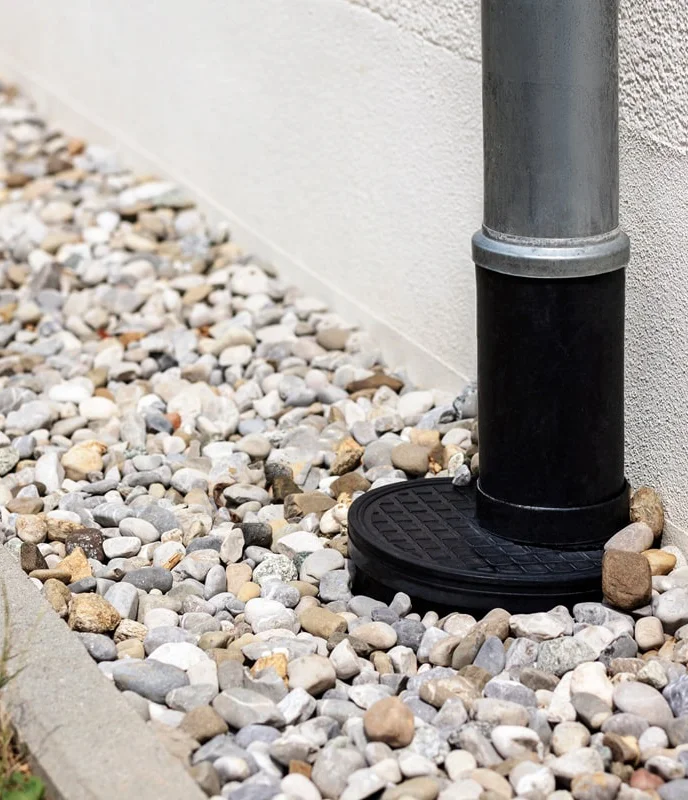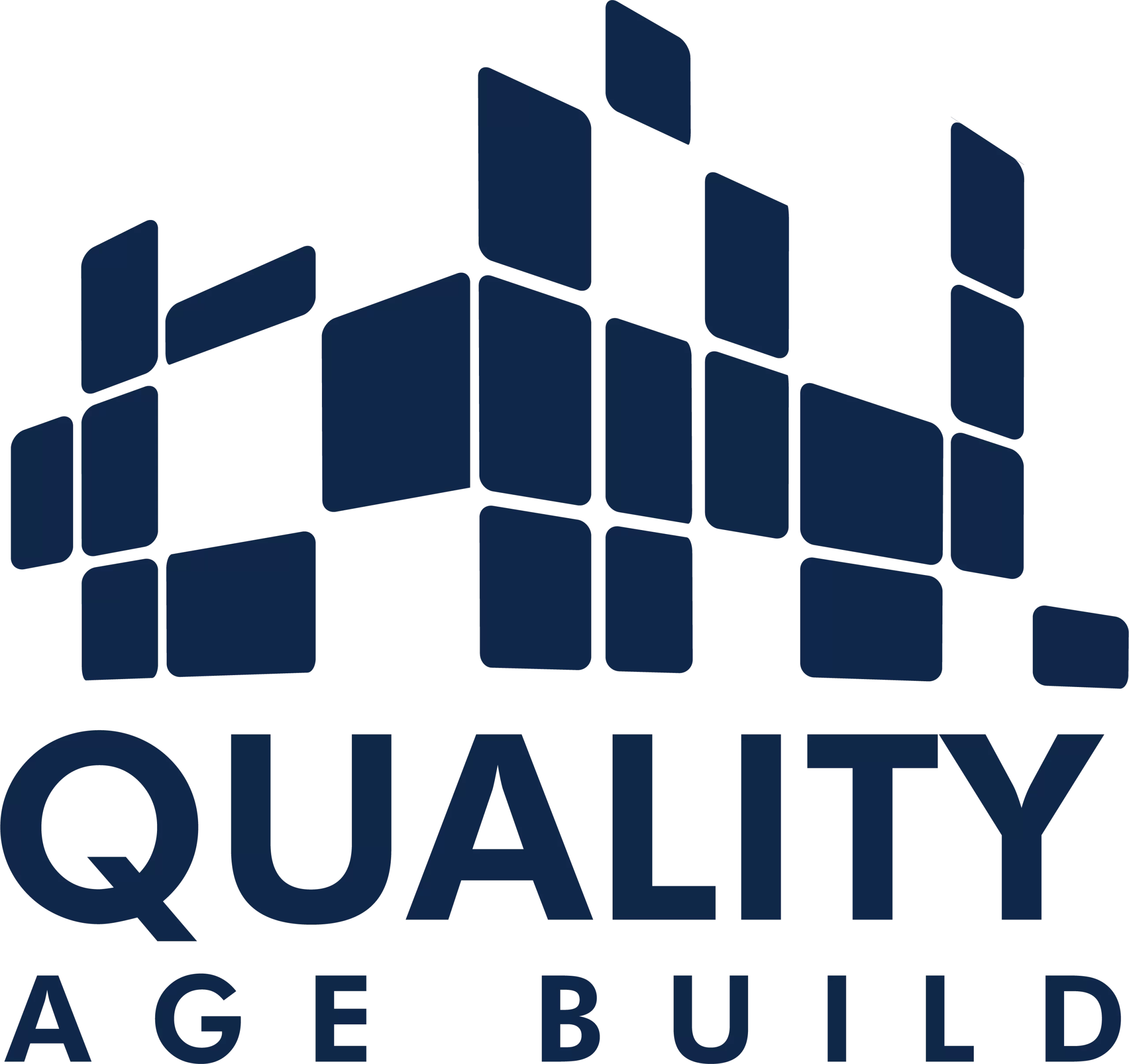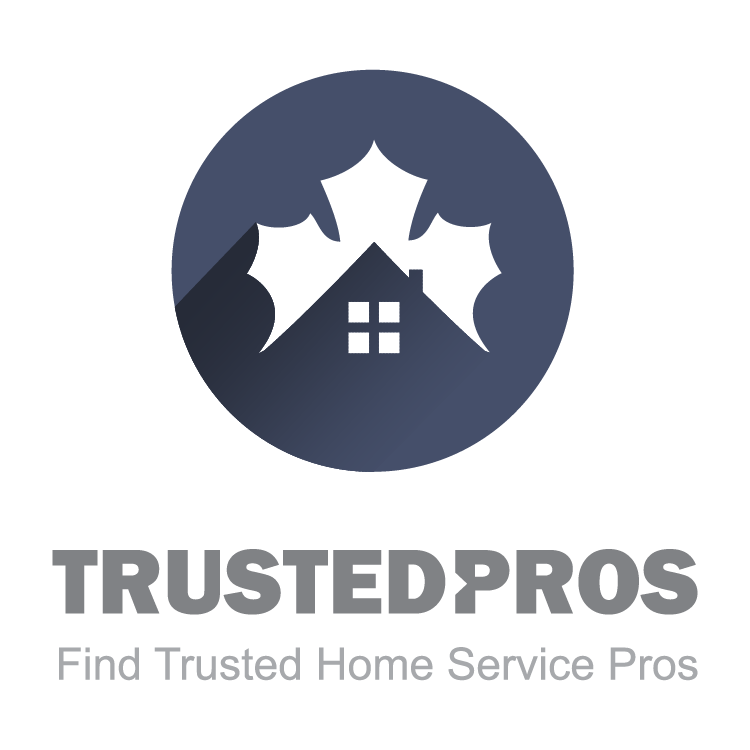Keep your house and yard dry with a professionally installed French drain in Toronto. Our experienced waterproofing team will help you achieve this!
Get in touch with French drain contractors today to learn more about our trusted and quality service! If you have problems with standing water or drainage, we will solve them as quickly and efficiently as possible.
Features Of The French Drainage System
Contrary to popular belief, such a drainage system was not created in France. It is named after its inventor from Massachusetts, Henry French, and became famous in 1859. This solved the clogging problem that was common at that time. The original design has not changed much since then.
The system starts with a trench, often using pipe, filled with crushed stone/gravel and sand and moves excess water to a pump or collection basin. There, it can be safely drained away from the foundation.
If your yard is full of water or the soil around your house is wet, consult a specialist for French drain installation in Toronto.
The Idea Of The French Drainage System
Such drainages are usually placed around the outside of the foundation to drain standing or accumulated water that may damage the structure. Like a gutter on the roof that directs water to the drain pipe, such drainages take care of the superficial waters at ground level. Their simple design consists of an inclined trench filled with gravel and a perforated pipe.
When it rains, surface water is absorbed into soil, where it is filtered through gravel in a pipe and directed through a trench to a collection point located away from the foundation.
Your current system may sometimes break down, allowing the water to penetrate the foundation. In this case, you can install the system under the basement floor. Water is redirected to the sump pump and transported to the external sewer through pipes.
The Process of French Drain Installation
Hiring a qualified engineer ensures that the proper equipment and materials are used for optimal performance.
Our team performs the following stages of drain installation:
Excavating trench
The width is usually 12 inches, and the depth reaches 18–24 inches. The recommended slope is one inch for every eight feet to guide water from the foundation. The trench should be located below the floor level to prevent humidity in the basement or wet foundation.
Putting gravel at the bottom of the drainage.
Gravel is a kind of filter that allows water to drain freely without clogging with leaves or other organic material. The best choice is granite or river gravel, as they do not break down over time. Gravel should be half an inch to one inch in size and lined to the bottom of a trench to a depth of two or three inches. We flush it to avoid blocking water flow with dust and particles.
Installing a pipe.
We use two types of pipes:
- A rigid PVC pipe with pre-drilled holes. This is a more durable option. The pipe can be cleaned with a hose or under pressure.
- A flexible pipe with slots that. Versatile and cost-effective.
Before installing a pipe, we wrap it with fabric to prevent weed and root growth and clogging. Holes in PVC pipe are directed down so that water flows from below and avoids clogging. For future maintenance of PVC pipelines, we attach a part that remains above the ground and is accessible for cleaning.
Covering the trench
We use gravel, a combination of sand and gravel, and soil with turf. The last option is suitable for completely hiding French drainage, while other options provide easy access and maintenance.

Types Of French Drains
Drainage systems can vary in appearance and function depending on your needs.
Traditional drainage systems
Also known as hanging drains.
Gravel and perforated pipes are used to accumulate water, being covered with earth and vegetation. They are the least visible.
Collector and interceptor drainages
They direct underground and surface waters to drainage. Such systems quickly drain the surface water, preventing flooding or heaving of the soil. However, they require filters due to the possible movement of soil and debris. Otherwise, there will be problems with the pipes further down the system.
Distributing drainage
It deals with sewage waters if your home uses a septic system.
Filtration drainages
They filter and remove only the underground waters. It is a compact and cheaper version of the traditional drainage with a vertical composite superstructure.
The Expense of Installing a French Drain in Toronto
When forming the cost, we take into account the specific features of the project. If you want to know exactly how much French drainage installation will cost, just contact us for a free estimate of work on your spot.
Why Choose Us?
Our specialists offer services to Toronto residents. Cooperation with Quality Age Build has many advantages:
FAQs
Will maintenance be necessary for a French drain post-installation?
Implement a regular maintenance schedule to:
- ensure constant productivity;
- prevent the accumulation of garbage;
- maintain its effectiveness in water flow management.
Can a French drain be incorporated into an already established landscape?
Yes, professional French drainage can be installed in existing landscapes. Experienced professionals do not affect existing structures and landscaping. This approach prevents unnecessary contacts with your outdoor space and improves water drainage.
Is a permit necessary for the professional installation of a French drain?
The need for a permit is determined by local building codes. We recommend contacting a professional installer of Quality Age Build, who will facilitate the approval procedure and ensure that the installation of French drainage meets all the necessary requirements and standards in your area.
Our Happy Clients





